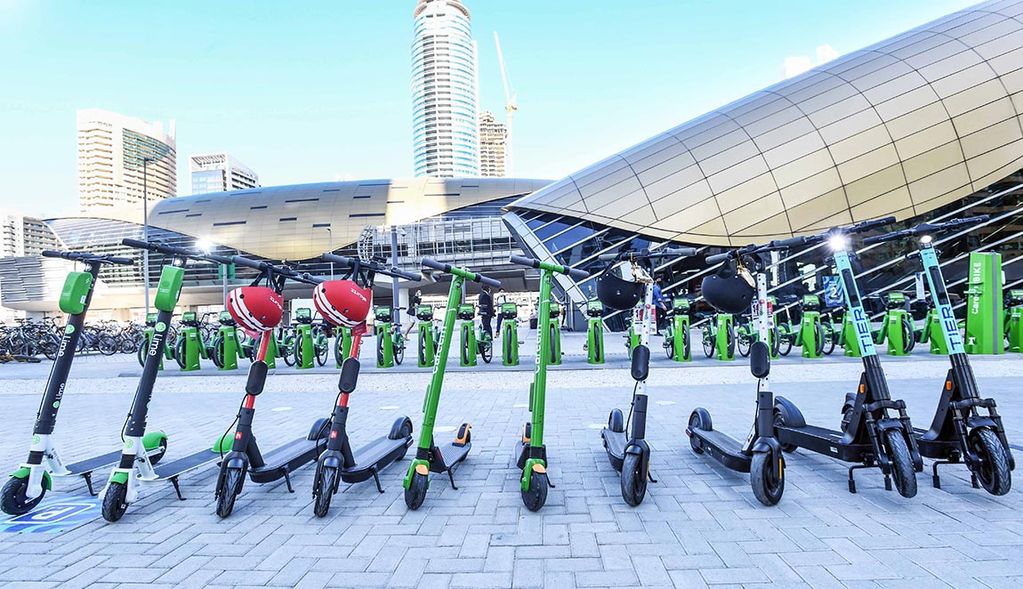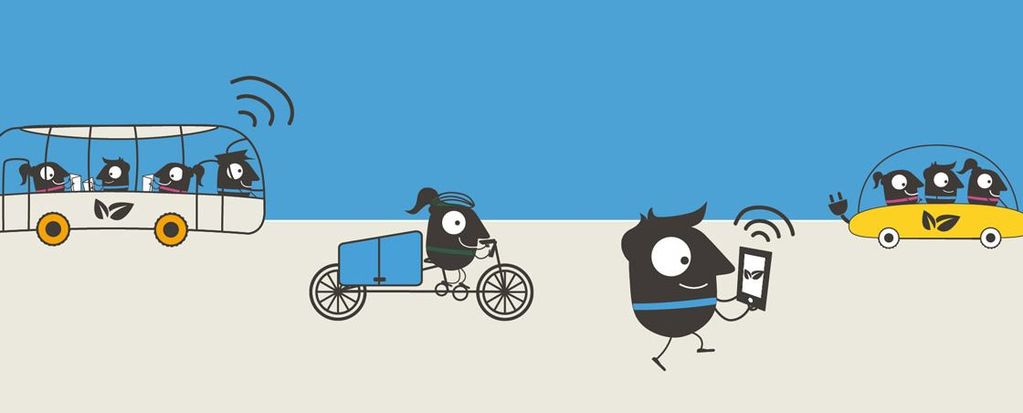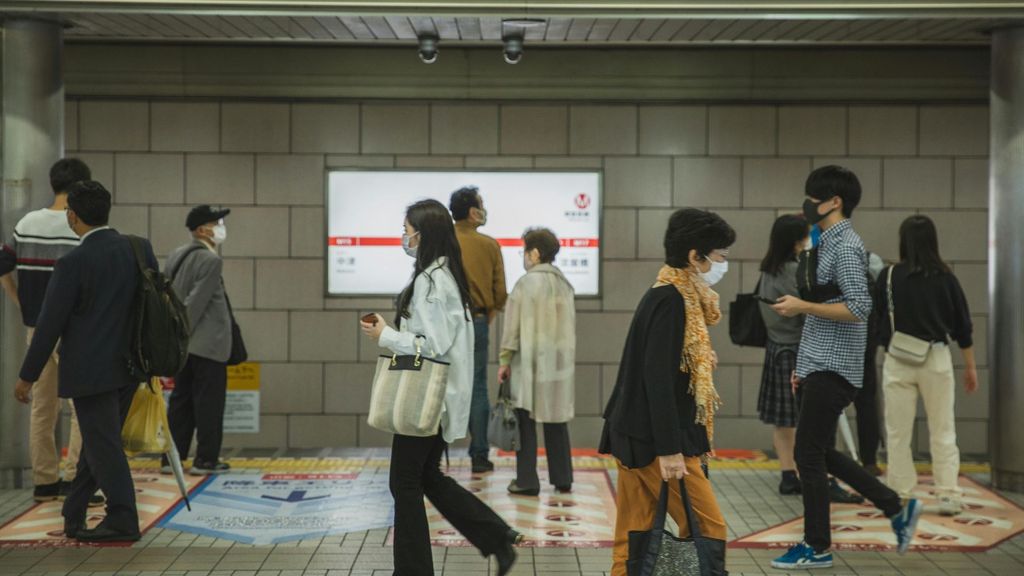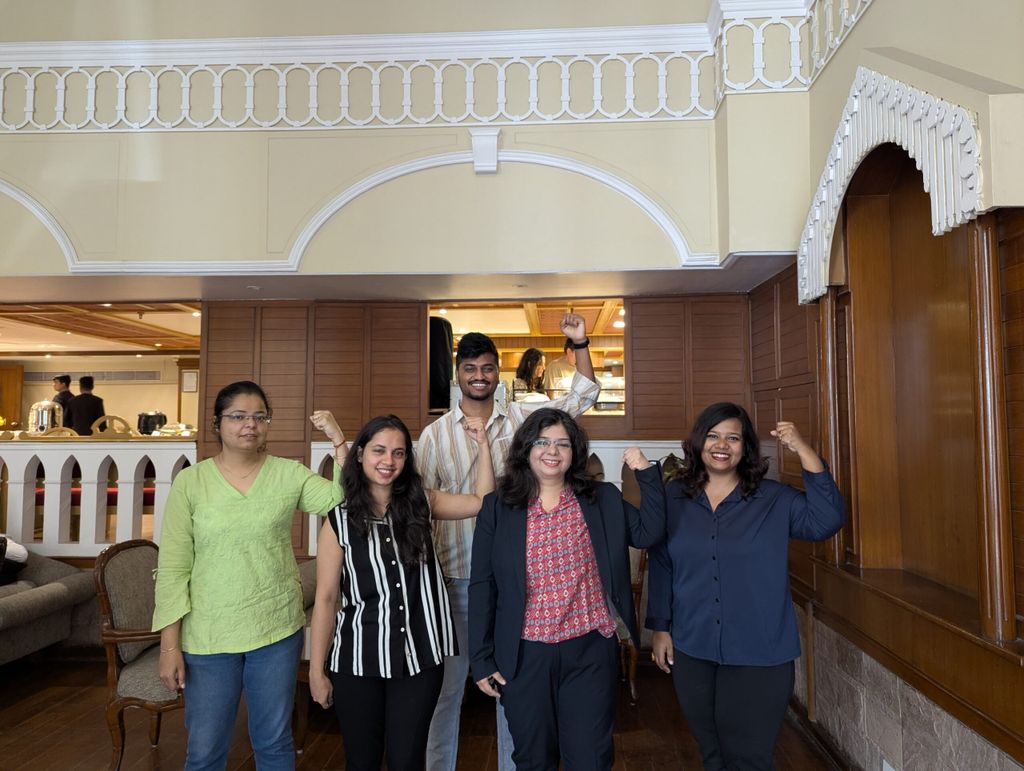
First and Last Mile: Navigating Shared Micromobility in MENA
Shared micromobility is emerging as a crucial element in enhancing first and last mile (FLM) connectivity by seamlessly bridging the gap between public transport hubs and commuters’ homes or workplaces. By providing flexible and easily accessible options like bicycles and e-scooters, shared micromobility solutions enable users to seamlessly travel the short distances that often lie between their homes or workplaces and public transport stops. As a result, shared micromobility contributes to reducing reliance on private vehicles and increasing accessibility to transit nodes. In a similar context highlighting the FLM connectivity, a recent study conducted by UITP MENA CTE on First and Last Mile: Walkability in MENA emphasised the importance of creating walkable cities to enhance the accessibility and ridership of public transport. It is worth noting that walkable infrastructure supports shared micromobility services by providing safe spaces to users, while shared micromobility extends the reach to public transport networks.
Integrating micromobility in urban planning
As cities across MENA continue to expand and modernise, integrating shared micromobility into transportation planning is becoming increasingly essential for creating resilient and adaptive urban environments. Shared micromobility is emerging as a key component in addressing the region’s mobility challenges and promoting sustainability. The region is not only launching various micromobility services but is also investing in the necessary supporting infrastructure including the development of dedicated bike lanes, secure parking facilities, and integration with existing public transport networks.
Public feedback on micromobility services
The UITP MENA CTE, in collaboration with the Roads and Transport Authority in Dubai, worked on this important topic, engaging with various stakeholders including cities (Dubai, Abu Dhabi, Riyadh, Muscat, and Cairo), operators, and the public. Through consultations with shared micromobility service providers, the study identifies the current and future strategies of these operators for enabling shared micromobility across the region. In addition, this project collects the public’s feedback to gain a deeper understanding of the shared micromobility landscape and its reception in these cities. The study identified several recommendations for improving shared micromobility services, ensuring that they align more closely with the needs and expectations of the public.













